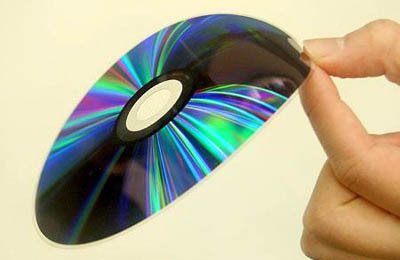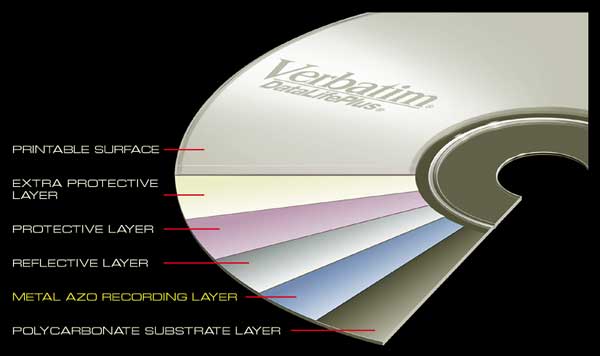Dvd Disc
In the early 1990s two high density optical storage standards were being developed: one was the MultiMedia Compact Disc (MMCD), backed by Philips and Sony, and the other was the Super Density Disc (SD), supported by Toshiba, Time-Warner, Matsushita Electric, Hitachi, Mitsubishi Electric, Pioneer, Thomson, and JVC. IBM’s president, Lou Gerstner, acting as a matchmaker, led an effort to unite the two camps behind a single standard, anticipating a repeat of the costly format war between VHS and Betamax in the 1980s.Philips and Sony abandoned their MMCD format and agreed upon Toshiba’s SD format with two modifications that are both related to the servo tracking technology. The first one was the adoption of a pit geometry that allows “push-pull” tracking, a proprietary Philips/Sony technology. The second modification was the adoption of Philips’ EFMPlus. EFMPlus, created by Kees Immink, who also designed EFM, is 6% less efficient than Toshiba’s SD code, which resulted in a capacity of 4.7 Gbyte instead of SD’s original 5 Gbyte. The great advantage of EFMPlus is its great resilience against disc damage such as scratches and fingerprints. The result was the DVD specification Version 1.0, announced in 1995 and finalized in September 1996.










No comments:
Post a Comment